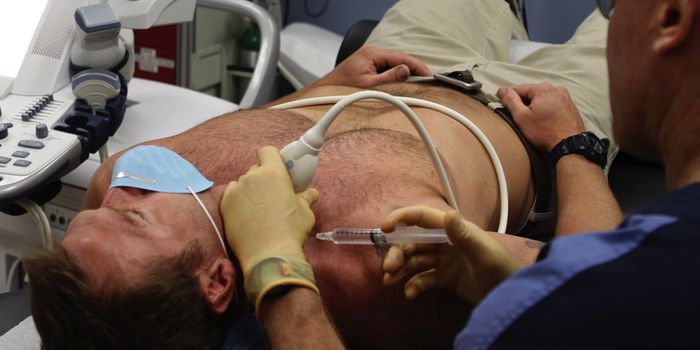Lockheed Martin is using turbine rocket combined cycle (TRCC) to build a mach 6–10 hypersonic plane. The TRCC is an engine that switches between turbofan, ramjet and scramjets for subsonic, supersonic, and hypersonic flight. The TRCC engine will be tested on a fighter-sized flight testbed by 2020. They would then try to develop a Mach 6, unmanned spyplane by 2030 that would perform the same role as the old SR-71 Blackbird. The hypersonic spyplane would enter highly contested and defended airspace at altitudes of 18 and 62 miles, using its speed to outrun enemy defenses. Hypersonic planes could fire hypersonic missiles. It would join the B-21 stealth bomber in the US air force future global strike arsenal.
Raytheon is also developing anti-hypersonic missile defenses.
Air-breathing hypersonic weapons and boost glide weapons are very difficult to engage, as both fly depressed trajectories that dispense with the high, arc-like, and most importantly predictable trajectories of traditional ballistic missiles.




